Editor’s Note: The photos on this blog are the work of each post other, unless noted otherwise. My lovely wife Laura shot all these ones. She deserves the mad props.
Our introduction to Morocco went rather smooth considering we had spent the previous night lounging around the Milano airport unable to sleep. Stumbling up to the train ticket office, Chris piped up in French, “Parlez vous anglais?â€Â  From that moment I knew I would be very much lost for language, not knowing any appropriate phrases in French or Moroccan Arabic.
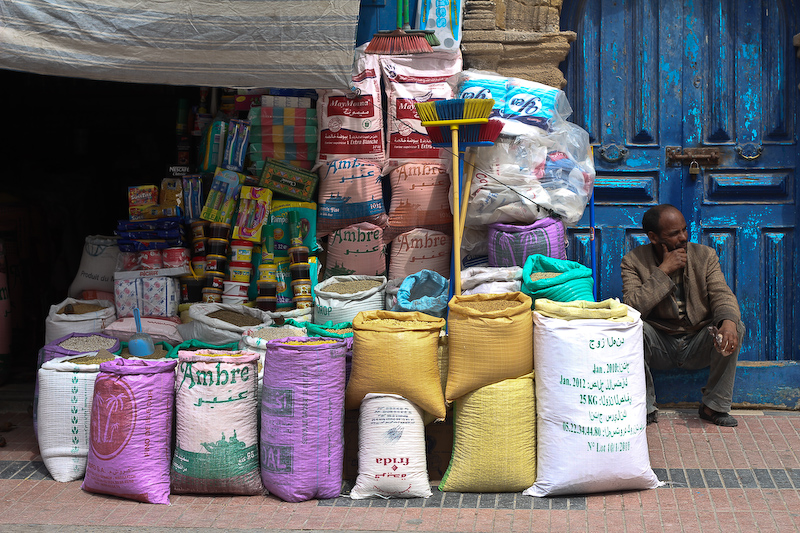
As the train chugged along we desperately struggled to keep our eyes open. The landscape unfolded like the Alberta prairie. I could see for kilometres in every direction. The sky was open and wide. Field after field made the landscape patchwork quilt I am so familiar with back home. The occasional olive orchard passed, but mostly it looked like wheat and corn.
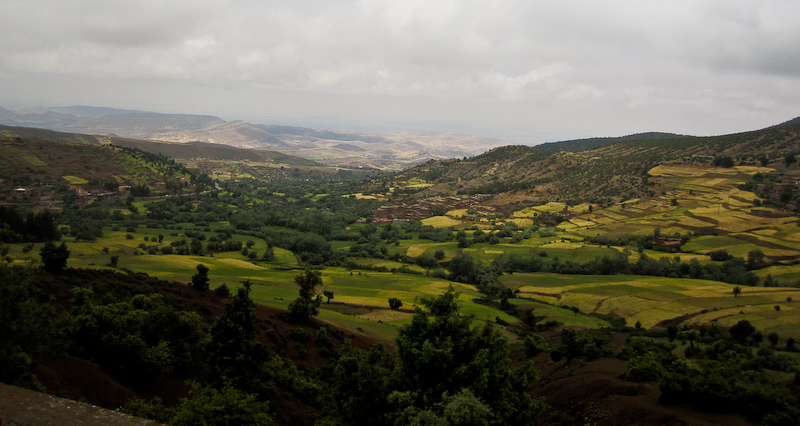
Houses made of mud brick dotted the landscape. Plots of land are divided by three foot high walls made out of loose rocks that were most likely found while ploughing the land. These hand-made rock walls stretched for kilometres in every direction. I thought about the hours and year’s people spent making those walls, stacking stone after stone, under the African sun.
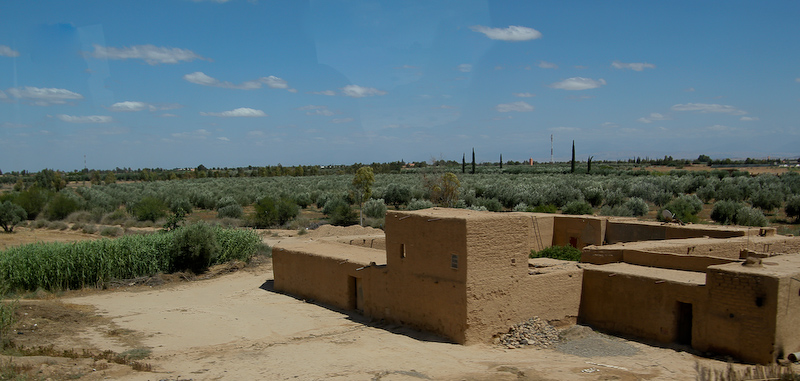
Speaking of the African sun, it is surprisingly cool in El-Jadida and Essaouria, two places we visited on the Atlantic coast (two places we found ourselves daydreaming about while walking next to a camel in the scorching heat of the Sahara desert).
Continuing on the train, I noticed another natural material sometimes used to build walls were cacti. They grow thick and wide. Definitely a wall I would never try jumping over.
Donkeys and sheep dotted the landscape more frequently than Turkey. I could tell that people here rely on these animals much more than other places I have been. In fact, by our fourth day it was apparent that donkeys pulling various styles of store bought or make-shift wagons are very common on rural streets, urban streets and highways. It is not unusual to see a man and his donkey-drawn cart waiting at a red light with motor scooters, cars and SUV’s.
El-Jadida
Our first destination in Morocco was El-Jadida, just down the coast from Casa Blanca. It is a place that does not receive many international tourists compared to the greater destinations of Morocco like Marrakech, the Sahara desert and Fez.
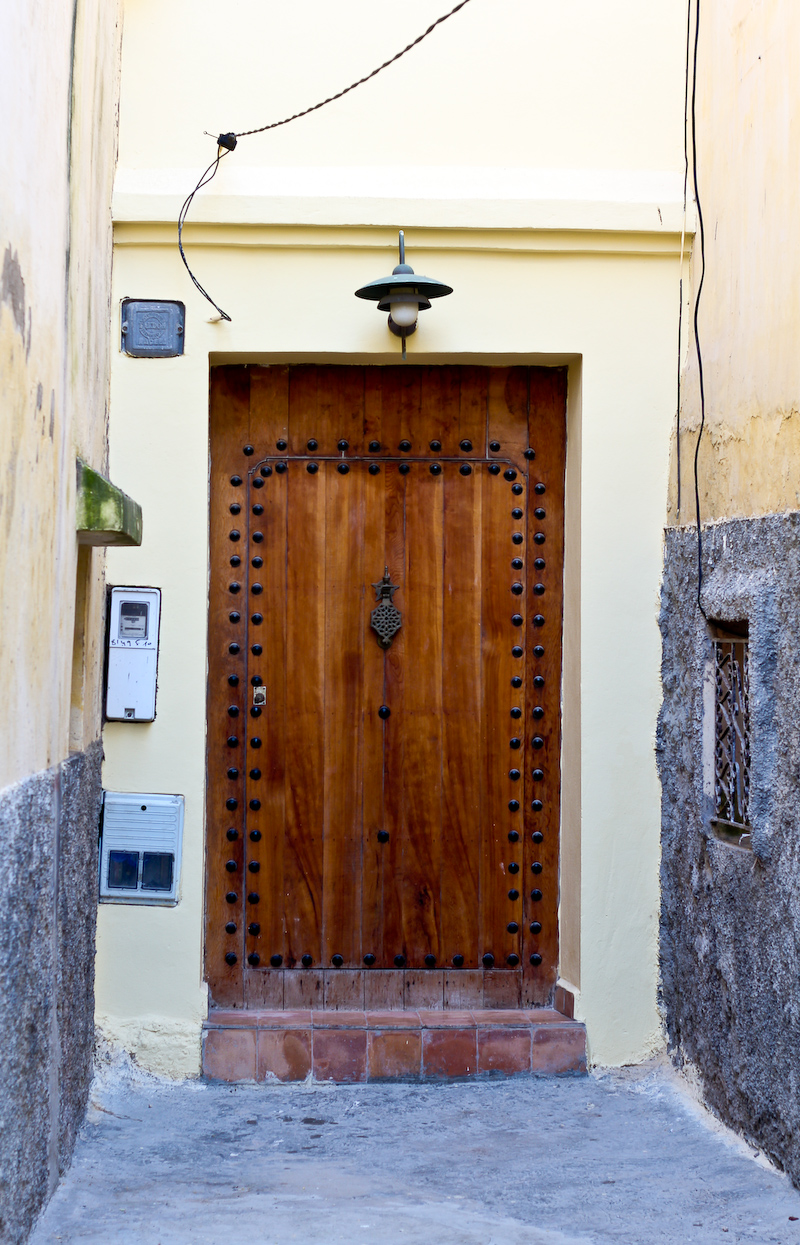
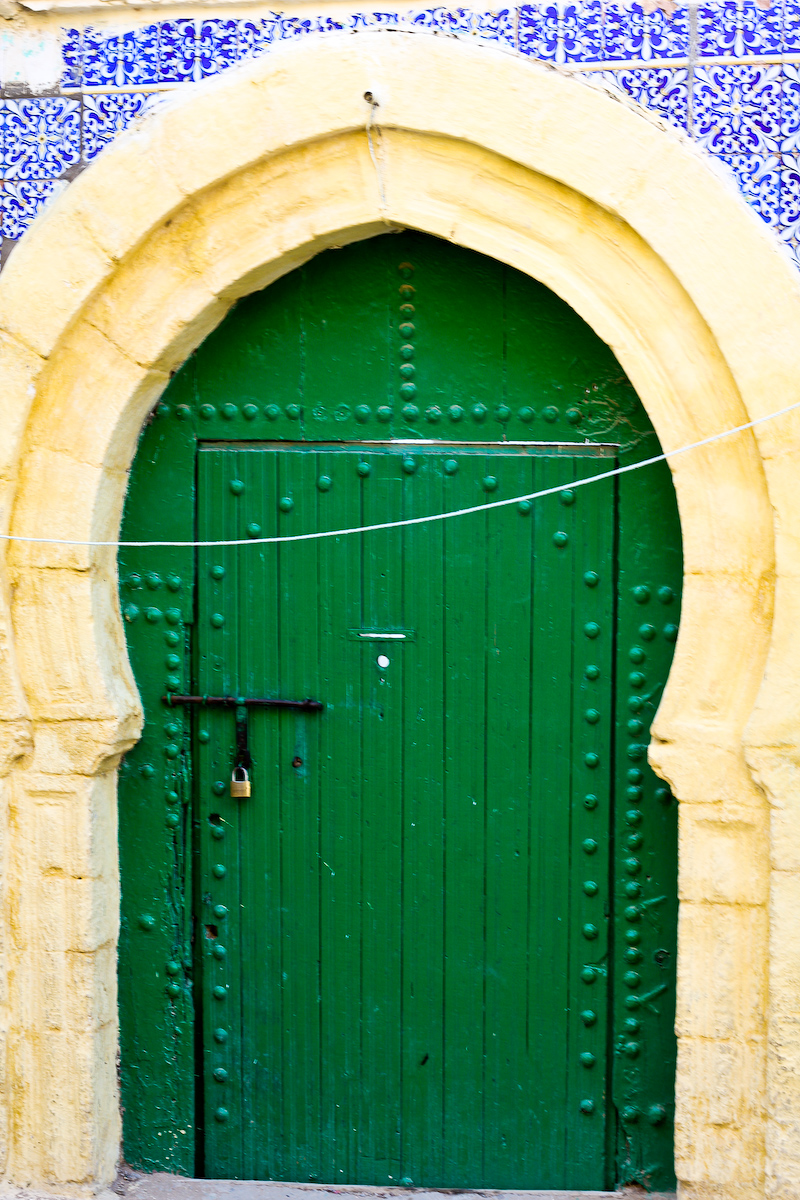
When the train arrived at El Jadida we were the only tourists who got off along with a mob of locals. Sleep deprived and instantly feeling culture shock we were uncertain of the money, what hotel to go to and how much a taxi would cost to get there. While standing dumbfounded and trying to inconspicuously consult “the bookâ€, (the Lonely Planet Morocco travel guide), the locals weaved around us and within seconds Chris and I experienced our first sand blasting as all the taxi’s pulled out. Luckily for us, one taxi driver was two steps behind all the rest and he drove us into town.
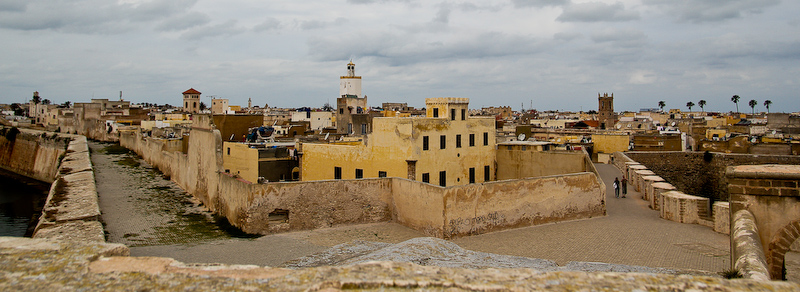
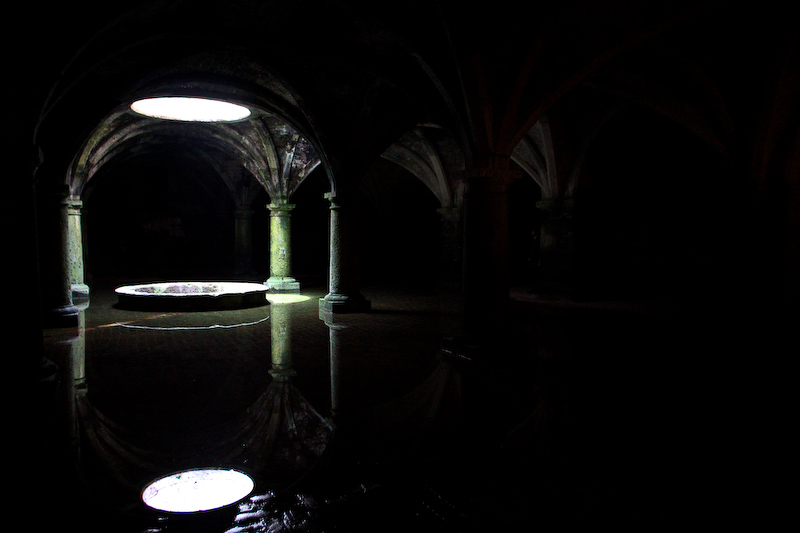
In El-Jadida, street vendors find an opportune selling place and take it. It may be in the middle of the bus terminal parking lot or on an open spot on the sidewalk along one of the busier shopping streets. Some men unfold a piece of fabric roughly 1-meter square onto the ground, upon which they very carefully place an assortment of goods including sunglasses, watches, key chains and mini packs of Kleenex. Others make a shoddy-looking food stand on wheels where people refresh themselves on what looks like goats milk. The drink is ladled into a plastic bowl. The customer drinks it or uses one of the provided metal spoons.
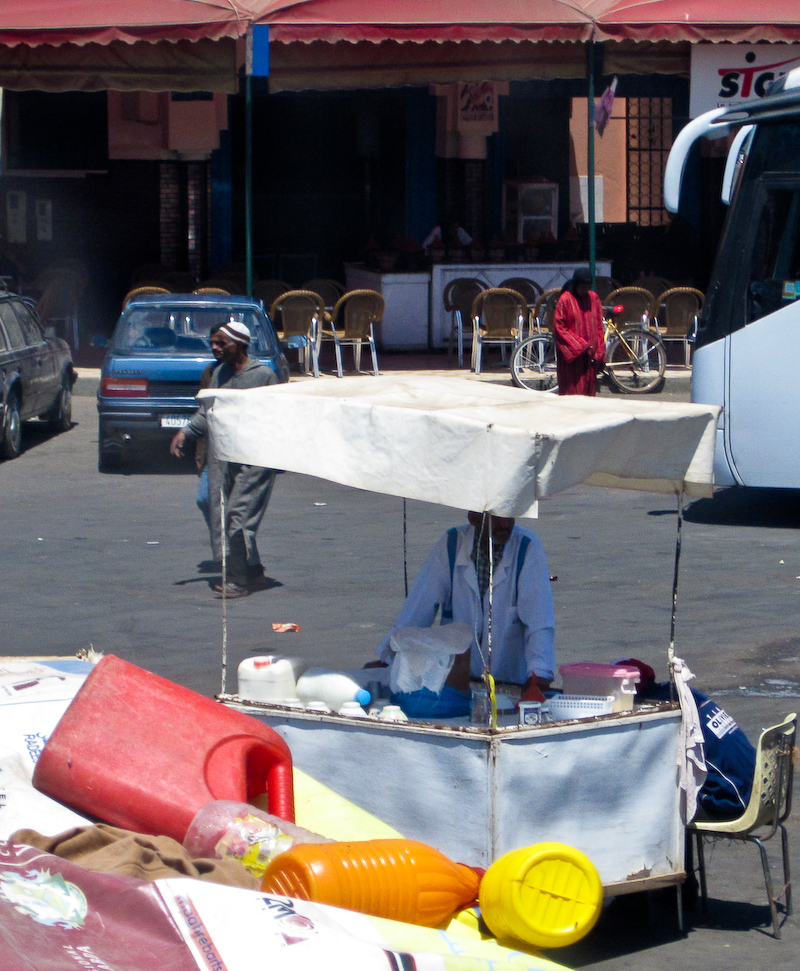
Handing the bowl and spoon back, the vendor dunks both into a work bucket hanging off a metal rod protruding from the trolley. Two dunks later, without any obvious sign of dish soap and without any scrubbing, the bowl is placed upside down on the counter of the trolley, the spoon is wiped once with a reused cloth and all is ready for the next customer. I couldn’t help but be concerned that my weak Canadian immune system may have a run-in with Moroccan bacteria. (So far I’ve been going strong and healthy)
Essaouira
After El-Jadida we visited the coastal town of Essaouira where years back Jimmy Hendrix chilled. The city was bustling with tourists and sea gulls. We thoroughly enjoyed the architecture and an afternoon lazing about on the hot sand and swimming in the Atlantic Ocean. I had a ball shooting from the hip, and I mean literally: not looking through my camera while taking pictures in the Essaouira medina (old city), specifically in the  souk (which is equivalent to the bazaar in Turkey). We didn’t do much ourselves in Essaouira besides walk around the souk, the beach and entertain ourselves with people watching.
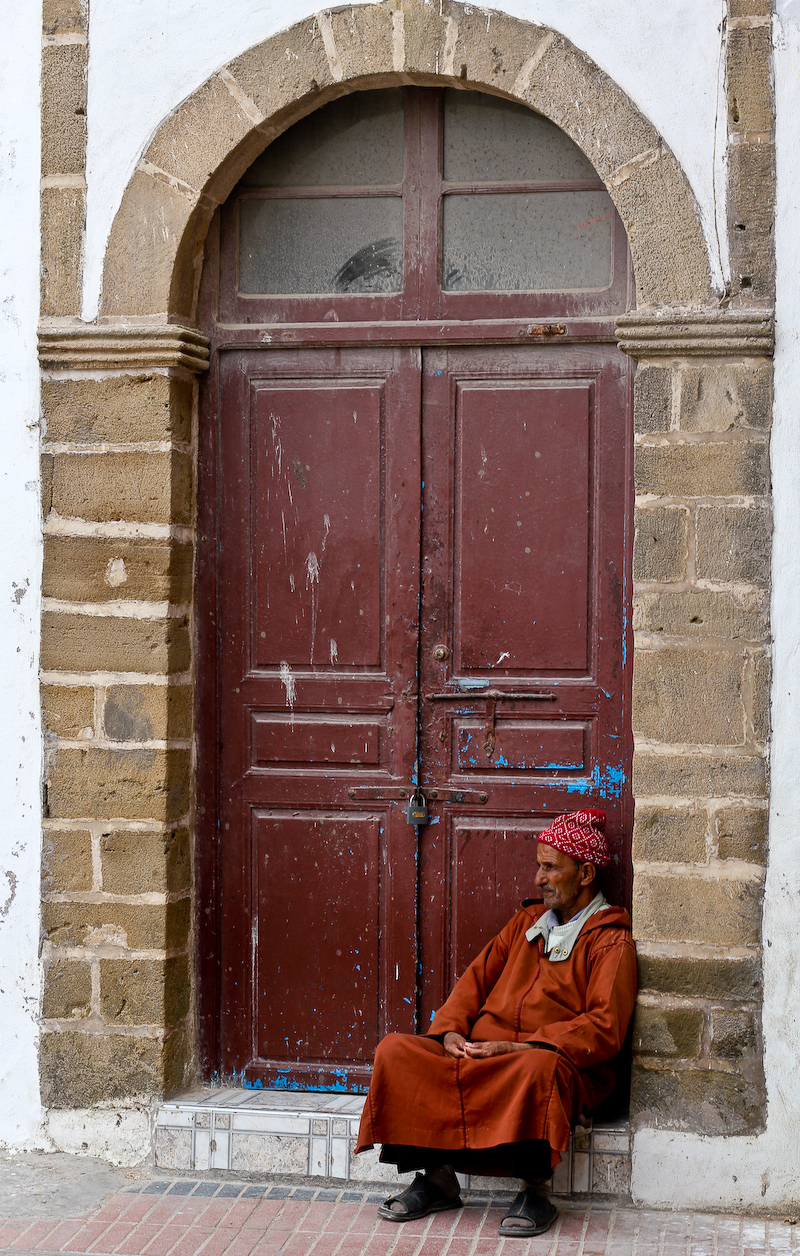
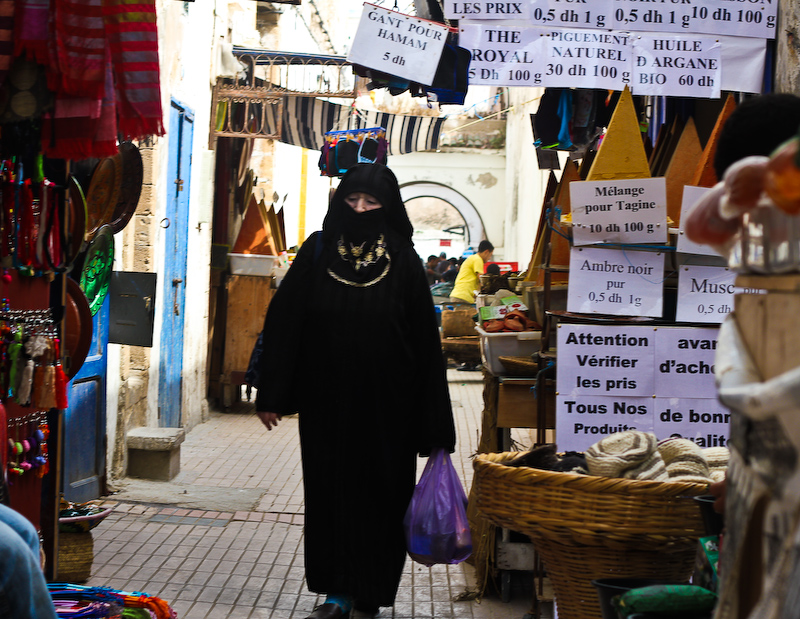
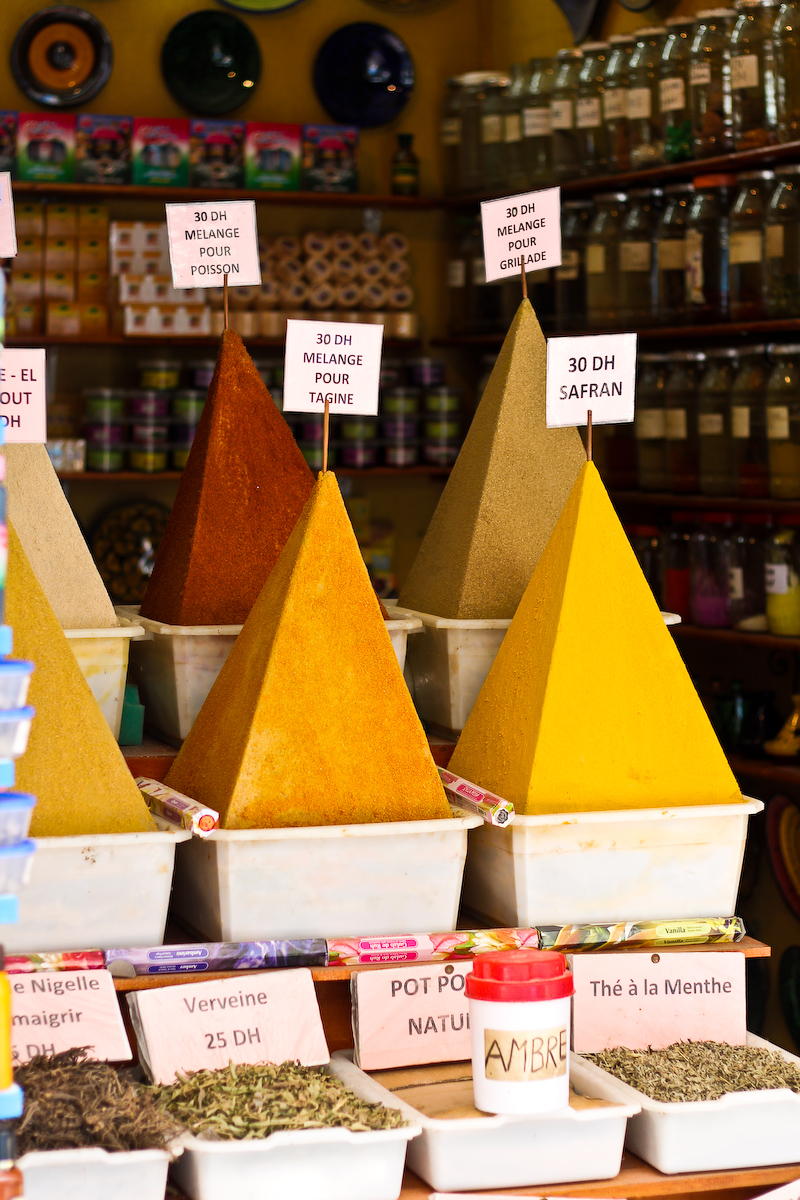
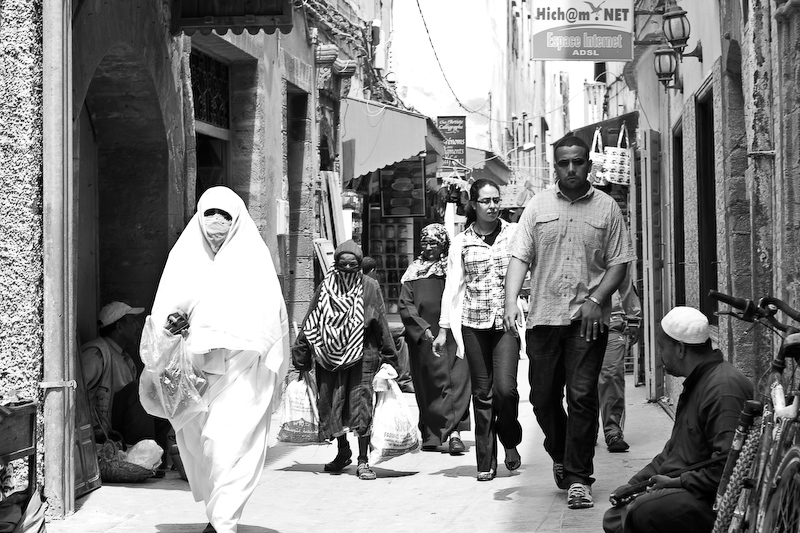
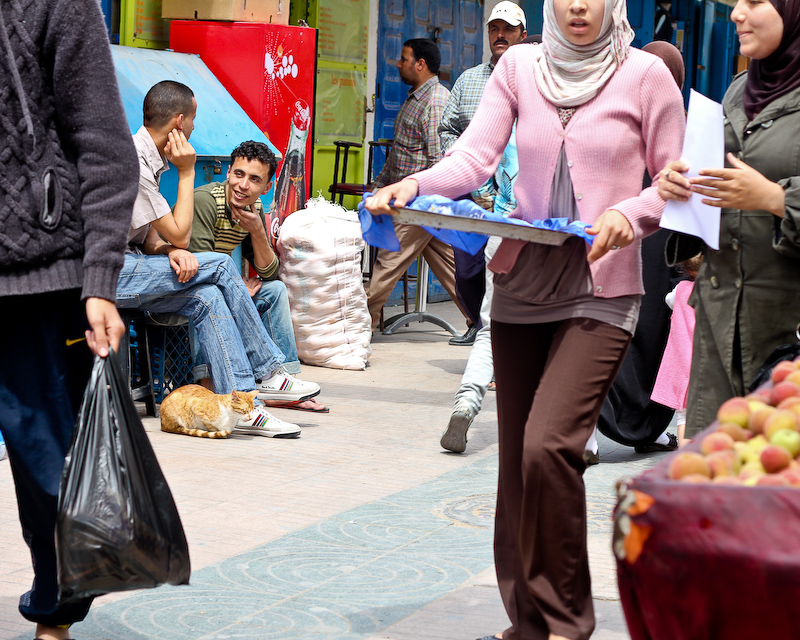
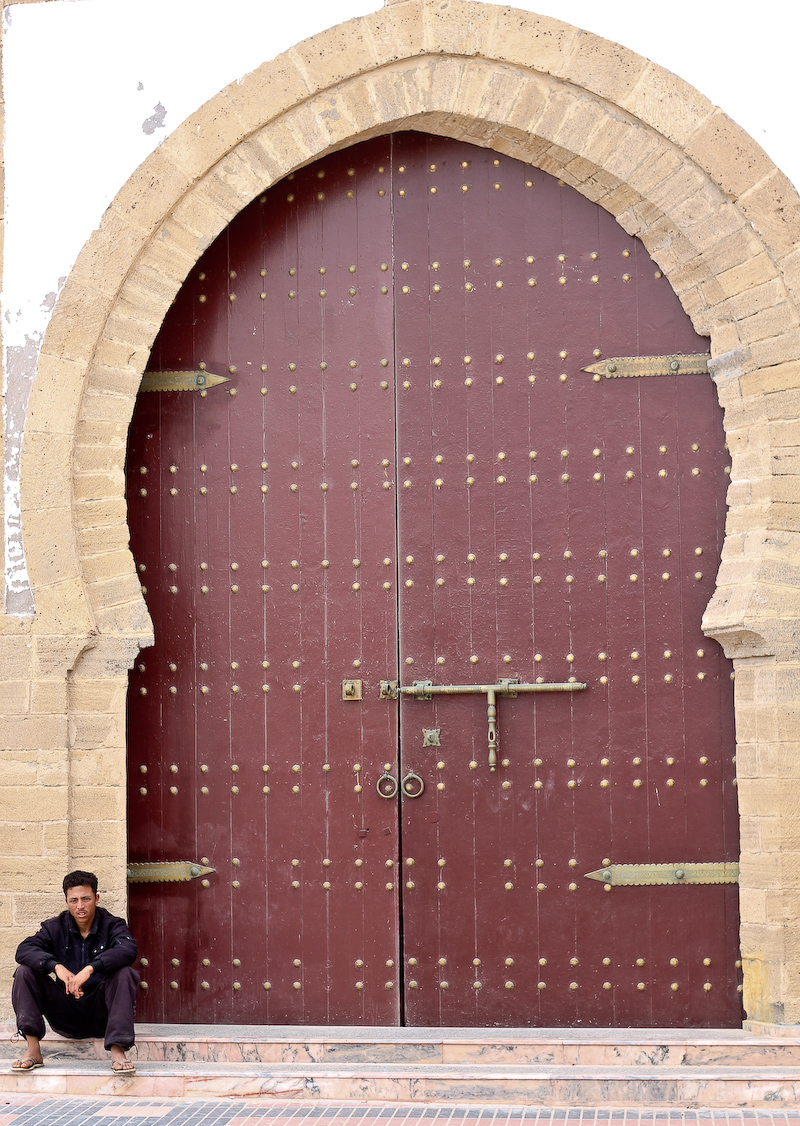
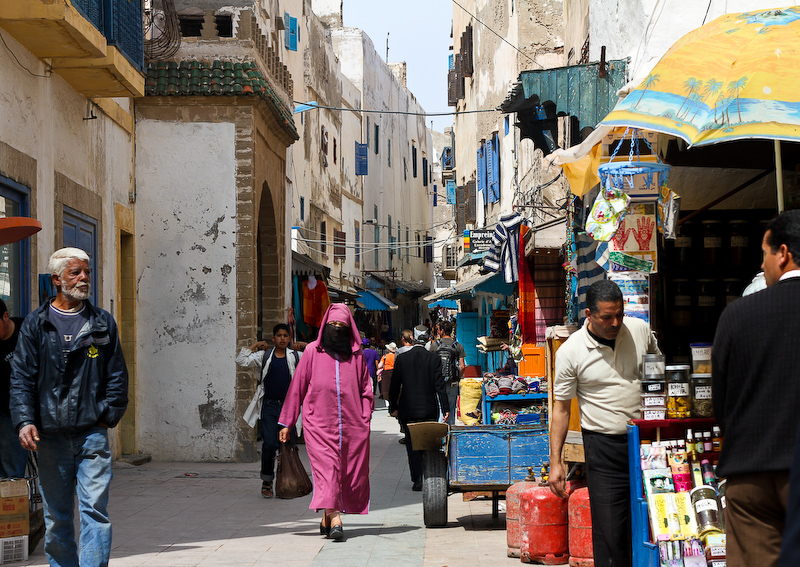
Marrakech
Before heading to the Sahara desert for four days we visited the UNESCO World Heritage Site, the medina of the city of Marrakech. The medina, or old city, was sporadically designed, without any obvious order. It was pure chaos and crowded. We wandered around the souk, getting lost and harassed by shop keepers wanting us to buy a leather bag, a rug, or a traditional Moroccan outfit. I must admit, we were both very happy to leave Marrakech on the bus to nowhere (a.k.a. the Sahara desert).
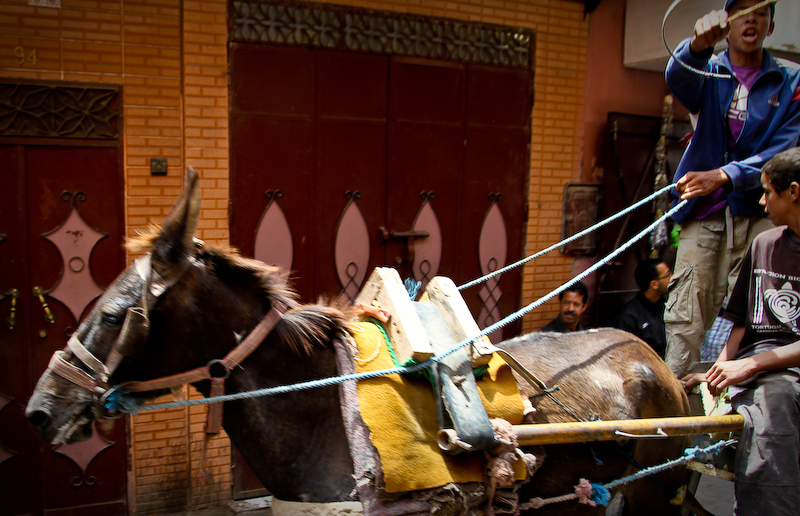
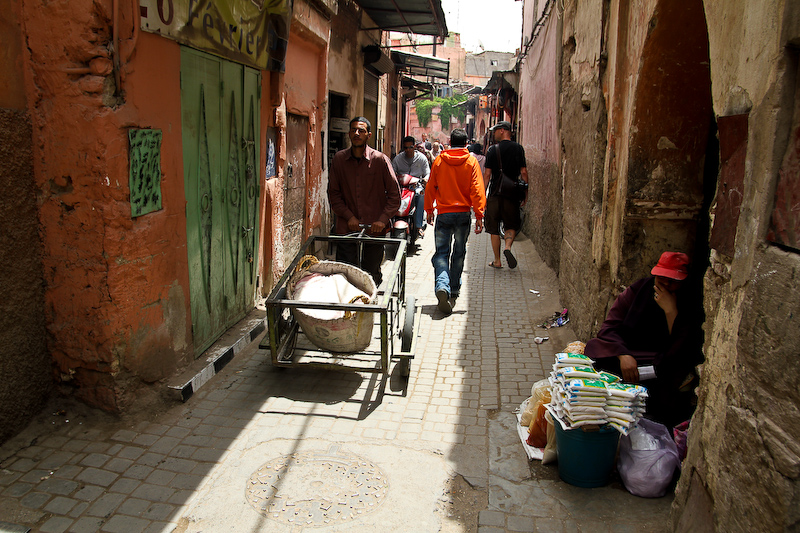
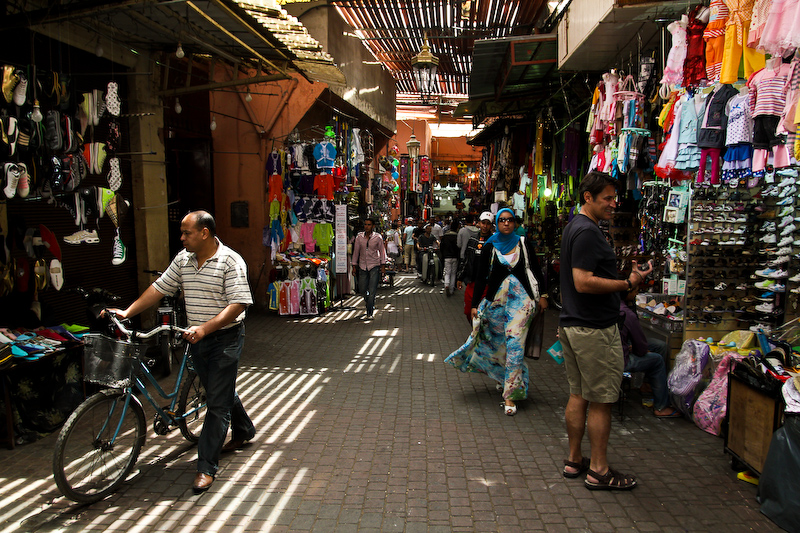
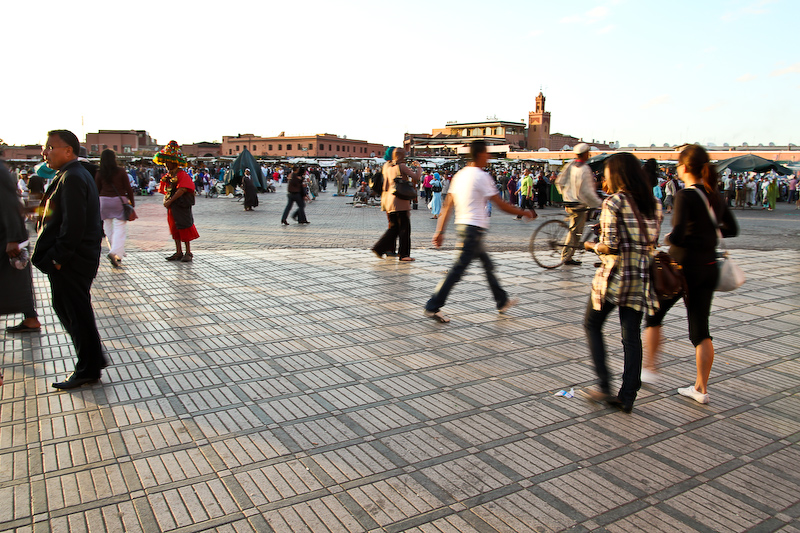
Keep posted for the exciting photos and video from our crazy four day adventure with one guide, two camels and the wild and extremely dangerous creatures that make the desert their home.

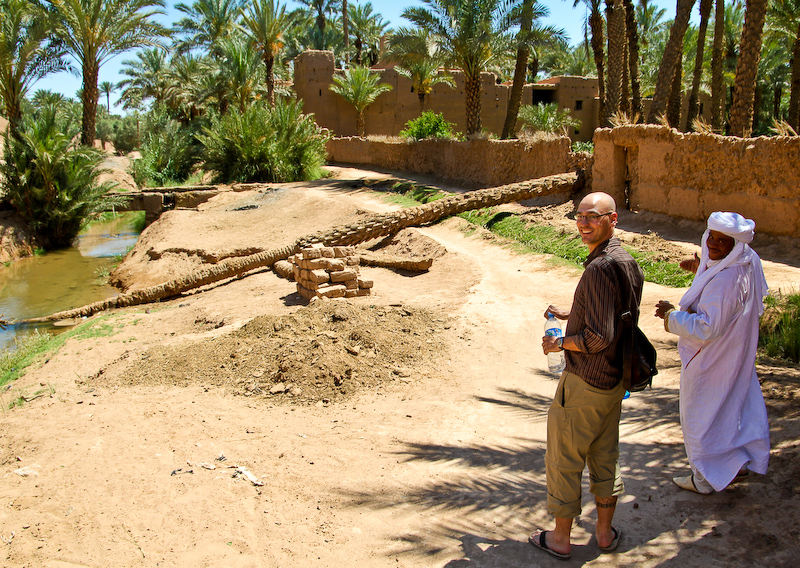
Leave a Reply